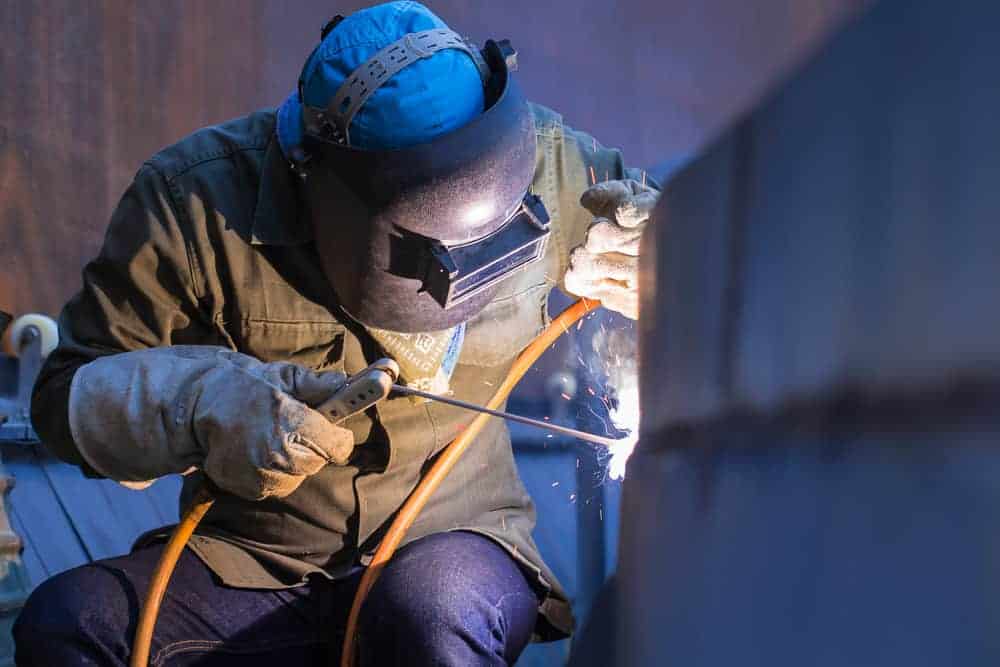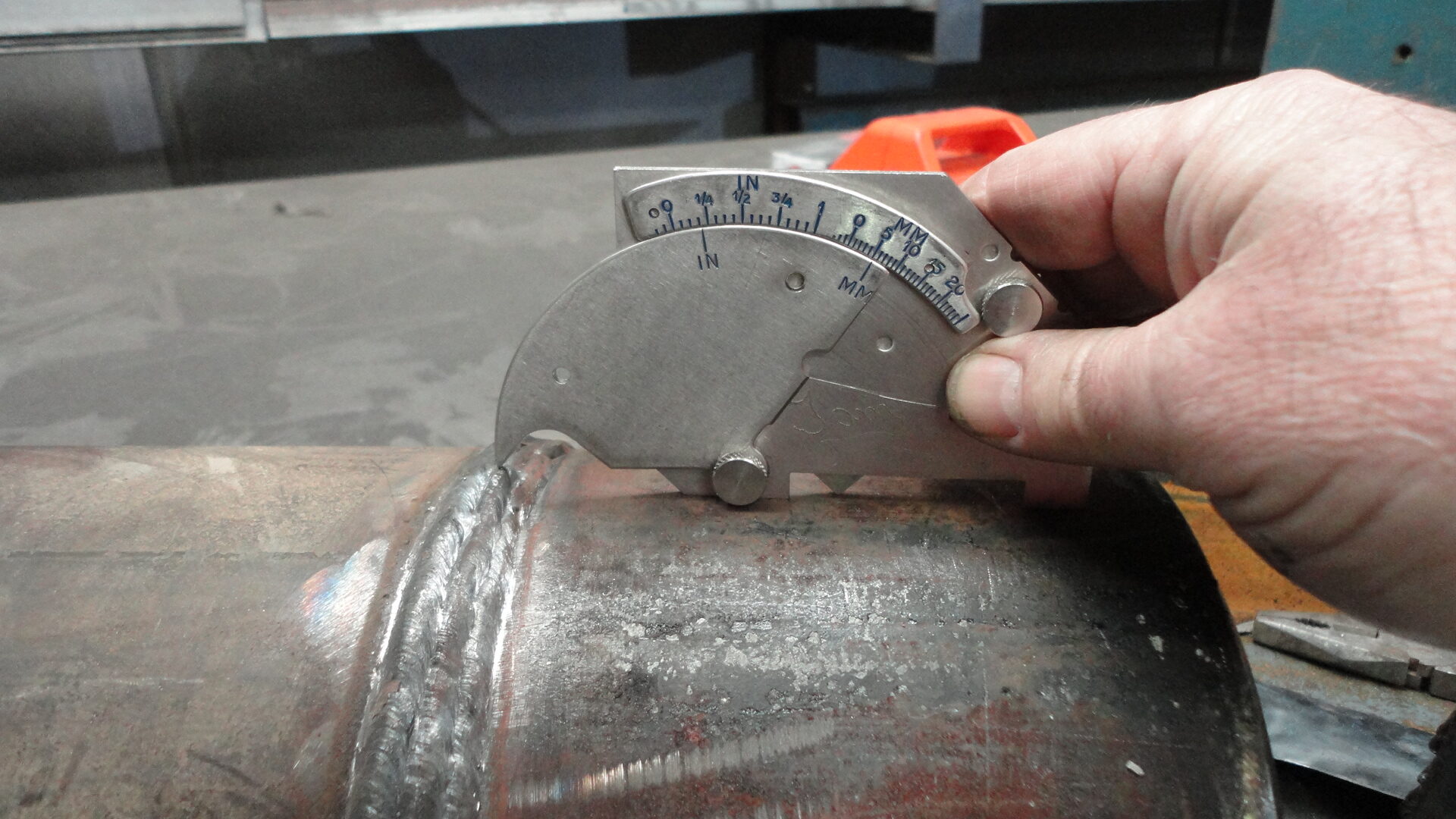Discover Advanced Welding Inspection Milwaukee Approaches for Precision
Discover Advanced Welding Inspection Milwaukee Approaches for Precision
Blog Article
A Comprehensive Checklist for Effective Welding Examination Practices
In the realm of welding, the stability of structures is vital, demanding a rigorous approach to evaluation practices. An extensive list offers as an essential device in guaranteeing adherence to industry criteria, encompassing necessary pre-welding, in-process, and post-welding analyses. By systematically dealing with product confirmation, weld top quality, and comprehensive documents, companies can substantially boost safety and efficiency. Nevertheless, what specific components should be prioritized in each phase to accomplish optimum outcomes? Checking out these vital elements can yield insights that profoundly effect welding operations.
Understanding Welding Requirements
Welding standards play an important duty in making sure the high quality and safety of bonded elements and frameworks. These standards develop the criteria for products, procedures, testing, and examination, thereby supplying a structure for consistent top quality assurance in welding procedures. Various companies, including the American Welding Culture (AWS), the International Company for Standardization (ISO), and the American Culture of Mechanical Designers (ASME), have actually developed extensive requirements that control various elements of welding.
Understanding welding requirements is crucial for experts in the field, as adherence to these standards decreases the danger of defects and failings in welded joints. These criteria cover specific demands for weld quality, including acceptable resistances, the kind of welding strategies to be utilized, and the credentials required for welders and inspectors.

Pre-Welding Evaluation Steps
Before any kind of welding procedure starts, an extensive pre-welding assessment is vital to determine potential problems that might jeopardize the high quality of the weld. This preliminary step serves as a vital structure for guaranteeing conformity with applicable welding codes and requirements.
The initial step in the pre-welding inspection is to confirm the products being used. This includes monitoring for the proper type and grade of steels as defined in the project paperwork. Next off, it is crucial to check the fit-up of the parts to ensure proper positioning and joint arrangement. Misalignment can result in insufficient infiltration and architectural weak points.
Additionally, evaluating the cleanliness of the surfaces is important; pollutants such as paint, rust, or oil can adversely affect the quality of the weld. Following this, an extensive evaluation of the welding devices ought to be carried out, guaranteeing that it is calibrated and in good working condition.
Last but not least, reviewing the credentials of the welding employees is imperative. Welders must have the essential qualifications and experience to execute the certain welds required for the project. By adhering to these pre-welding examination actions, the probability of problems and failures in the last weld can be substantially decreased.

In-Process Evaluation Techniques
In-process evaluation strategies play an important duty in ensuring the stability and top quality of welds as they are being performed. These strategies allow examiners to recognize defects or discrepancies from requirements in real time, thus protecting against costly repair work and making certain adherence to design requirements.
One secret method entails aesthetic inspection, where inspectors evaluate the weld grain for harmony, infiltration, and correct account. This can be complemented by the use evaluates to determine weld dimensions, guaranteeing conformity with predetermined resistances. In addition, the execution of non-destructive screening (NDT) methods, such as ultrasonic testing or magnetic particle testing, during the welding process can disclose subsurface flaws that may not be visible externally.
Another important facet is monitoring welding parameters, including voltage, amperage, and take a trip rate. Uniformity in these specifications is essential for attaining optimum weld high quality. Documenting these specifications during the welding operation provides a deducible document for future recommendation.
Educating workers in appropriate evaluation techniques and making use of ideal devices improves the effectiveness of in-process inspections. By incorporating these methods, organizations can achieve better welds, decrease rework, and ultimately make certain the safety and security and dependability of welded frameworks.
Post-Welding High Quality Checks
Following the conclusion of welding operations, post-welding quality checks are essential to verify that the welds meet all defined requirements and requirements. These checks are essential for making certain the stability and durability of the bonded joints. The evaluation procedure usually begins with a visual examination, examining for surface flaws such as cracks, porosity, or insufficient fusion.
Consequently, non-destructive testing (NDT) techniques, such as ultrasonic screening, radiographic testing, or magnetic fragment testing, might be employed to discover internal defects that are not noticeable to the naked eye. Each technique has its unique advantages and is picked based on the weld's place, product type, and the nature of the application.
Furthermore, validating dimensional accuracy is a crucial facet of post-welding quality checks. This includes gauging the weld's size, profile, and placement to ensure compliance with design requirements. Ultimately, evaluating the mechanical properties of the weld, including tensile stamina and ductility, can offer additional assurance of performance under operational conditions. Overall, comprehensive post-welding assessments are crucial for keeping safety and security, adherence, and efficiency to regulatory and industry standards.
Documentation and Coverage
Exactly how can efficient documentation and reporting boost the welding evaluation procedure? Precise documents and extensive coverage are important parts that guarantee the honesty and high quality of welding procedures. Welding Inspection Milwaukee. They work as an official document of evaluation searchings for, helping with liability and traceability in compliance with market standards

A additional info well-structured coverage system makes it possible for inspectors to plainly communicate any kind of inconsistencies, non-conformances, or areas requiring enhancement. This click to find out more openness cultivates an environment of continuous improvement, as stakeholders can easily examine previous efficiency and implement corrective actions.
Furthermore, efficient paperwork consists of thorough documents such as welding treatment requirements (WPS), welder credentials, and inspection checklists. These elements provide a framework for evaluating weld quality and adherence to established standards. In the occasion of disagreements or top quality concerns, detailed documents functions as a reliable recommendation, reducing obscurity and securing all parties included.
Last but not least, maintaining organized records assists in training and licensing workers, making certain that market ideal practices are maintained. Inevitably, meticulous paperwork and reporting not just enhance the welding evaluation procedure but also add to the total safety and security and dependability of welded frameworks.

Conclusion
Finally, a detailed checklist for effective welding examination techniques is crucial for ensuring top quality and safety and security in welded structures. Adherence to established welding standards, precise pre-welding examinations, rigorous in-process assessments, and extensive post-welding top quality checks jointly add to the integrity of bonded joints. Furthermore, diligent documents and coverage of inspection findings boost responsibility and promote continuous improvement. Carrying out these methods will significantly help in compliance with market standards and inevitably foster a society of quality in welding procedures.
Welding criteria play a critical duty in making certain the quality and security of bonded elements and frameworks. Different organizations, including the American Welding Culture (AWS), the International Organization for Standardization (ISO), and the American Culture of Mechanical Engineers (ASME), have established thorough criteria that control different facets of welding.
Adhering to the conclusion of welding procedures, post-welding top quality checks are essential to verify that the welds satisfy all specified requirements and requirements - Welding Inspection Milwaukee.In verdict, a detailed checklist for effective welding inspection practices is essential for making sure quality and safety and security in welded frameworks. Adherence to established welding requirements, meticulous reference pre-welding examinations, extensive in-process analyses, and detailed post-welding quality checks collectively add to the honesty of welded joints
Report this page